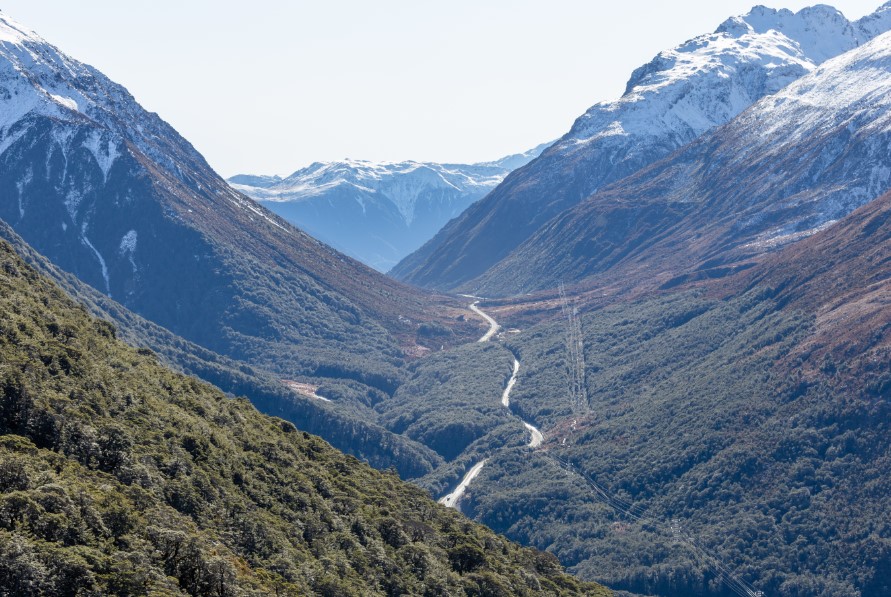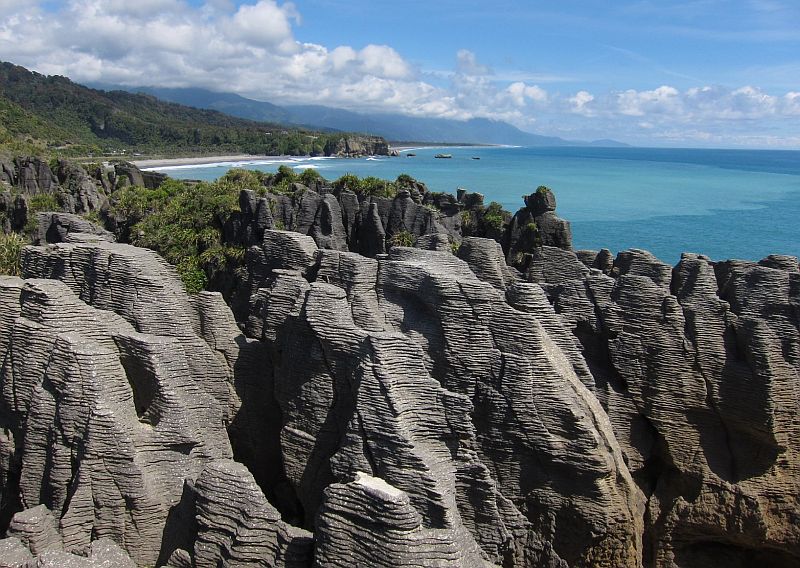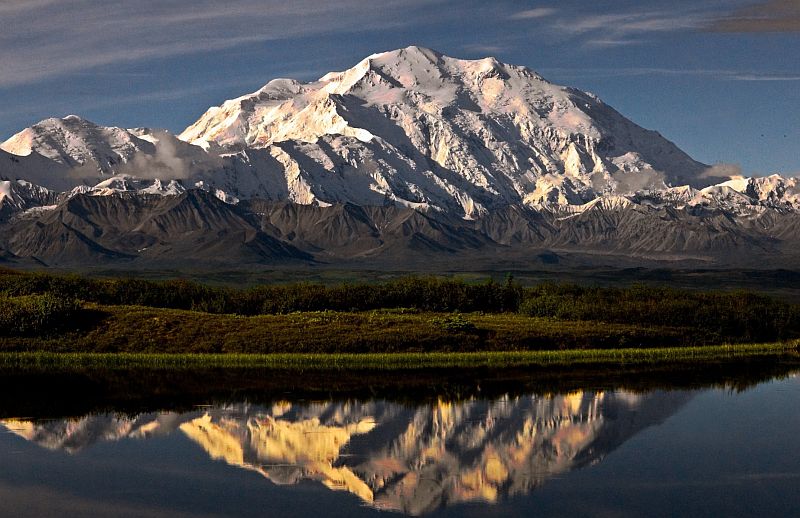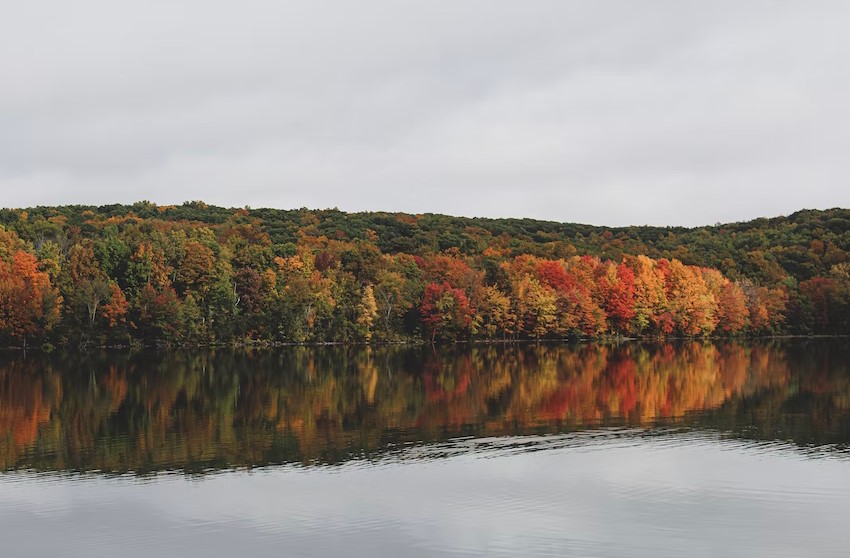Best National Parks in New Zealand
New Zealand is leading the way in eco-tourism, and there are 13 national parks set up for sustainable tourism, whereby tourists leave no mark on the pristine environment. Green tourists do appreciate being able to observe the natural beauty and the fact that their presence does not impact the area they are visiting.

Here is some background information on the top national parks in New Zealand.
-
Nelson Lakes National Park: A park with 102,000 hectares that starts at the base of the Southern Alps, Nelson Lakes National Park offers stunning views of the surrounding countryside and two huge Alpine lakes, namely Rotoroa and Rotoiti. The mountains seem to rise majestically from the water, and wildlife is abundantly on display. The park also encompasses the upper reaches of the Matakitaki River as well as the nearby valleys of Travers, Sabine, D’Urville, and Sabine. This region is known for the huge glaciers that gently move along the landscape, and boating trips are available when the weather permits. If you book one of the Marlborough Sounds cruises, you get to see most of the iconic areas that are protected national parks. There are several ways to get to Angelus Hut in Nelson Lakes National Park, but one of the most popular is via Robert Ridge, which is also one of the riskiest paths in inclement weather.
-
Arthur’s Pass National Park: Mount Murchinson is the highest peak in the park at 2,400 meters, and there are narrow gorges that run down the sides of the Southern Alps. The quaint village of Arthur’s Pass is a welcome retreat, and the Department of Conservation manages 30 huts that hikers can use in the region, plus accommodation is available in the village. Popular activities in the park include tramping, skiing, hunting, and mountaineering. The Coast to Coast race running segment uses the Mingha-Deception tramping route every February. Arthur’s Pass National Park’s famous Avalanche Peak is the only peak with a poled route to the top.
-
Paparoa National Park: Located on the west side of the South Island, the park incorporates the Paporoa Mountain Range and runs down the layer of rocks on the coast. The old gold miner’s trail is a joy to behold, and when you walk along this pathway, you imagine how it must have been in the 19th century when the settlers were searching for gold. The majority of the park is forested with a broad diversity of vegetation, and it preserves a limestone karst area. The park features several caverns, of which Metro Cave / Te Ananui Cave are commercial tourist destinations.
-
Mount Aspiring National Park: Mt. Aspiring is one of New Zealand’s highest peaks and sits in the center of the national park, with short walks and long hikes that take you through breathtaking scenery. The Haast Pass, one of the three main road routes across the Southern Alps, runs through the park’s north-eastern portion. Other notable peaks in the park are 2,542-meter-high Mount Pollux (8,340 feet) and 2,519-meter-high Mount Brewster (8,264 feet). Mount Aspiring still has over 100 glaciers that have impacted the emergence of the valleys in the national park. It is believed these were formed by glaciation in the area 16,000–18,000 years ago, during the Tira Ice Age.
If you follow the rules, the National Parks in New Zealand have much to offer the eco-tourist; you can book online and get ready for an amazing experience. These eco-tourism parks will give you lifelong memories. Don’t miss it.








